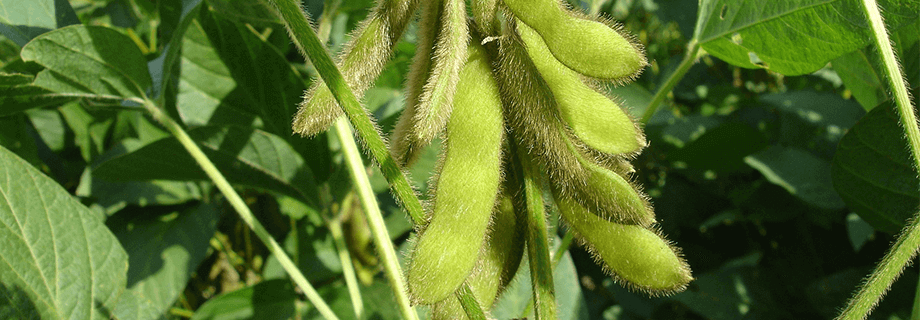Time to Plant Soybeans!

Don’t be lulled by the falling Food Price Index.
FAO, the UN’s Food and Agriculture Organization, announced early May that its Food Price Index which measures monthly price changes for a basket of cereals, oilseeds, dairy, meat and sugar, fell to 214 points in April from 217 in March.
Don’t be lulled…because soybeans, the vital and strategic food and feed ingredient, are on the way up again. Already at their highest level since July 2008, soybean prices are forecast to continue rising. This is due to tight supplies following smaller-than-expected crops in the U.S. and South America. World soybean production is expected to drop almost 10% to 240 million tonnes in this 2011/2012 marketing year, one of the sharpest declines on record.
Demand for soybeans has increased at almost four times the pace of population growth in the past decade.
- About 66% of all soybeans grown are used in livestock and poultry feed
- About 16% becomes vegetable oil for cooking or biofuel
- Around 18% is processed directly into food, without morphing into meat, milk and eggs first.
China has a voracious appetite for soybeans, buying one in every five soybeans grown on the planet. Of the 252 million tonnes of soybeans grown last year, China purchased 53 million tonnes.
All this is good news for farmers in Southern Africa who are now finishing their soybean harvest. In Zambia, a record soybean harvest – up 74% from last year to around 200,000 tonnes – coming on top of a third successive year of abundant maize harvests, is changing people’s lives for the better.
Poultry farmers, small and large, are increasing production, and earning a good living in the process. Supermarket chicken costs $2.85/kg, an egg costs $0.14, although market prices are lower.
Zambian soybeans – non-GM – fetch $530-$550/tonne, more or less at parity with Chicago. Next door in South Africa, where over 720,000 tonnes of soybeans are being harvested, prices are around $510/tonne.
Africa has a chronic shortage of soybeans and soybean-derived products – protein meal, oil, flour, ‘soy meat’, soy milk. African production is probably around 1.5 million tonnes, edging closer to 2 million tonnes, but that’s not even 1% of the world’s needs.
Soybeans are no less than this planet’s best source of protein. Soyflour has twice the protein of lean meat. Cost-efficient production of poultry, eggs, and fish is unthinkable without soybean.
But equally important is the fact that the humble soybean is the starting point of a long and complex value chain. This chain adds value and provides employment and economic development for tens of thousands of people along the chain, even before putting nutritious food on family tables.
It’s time for Africa to get serious about growing soybeans.



